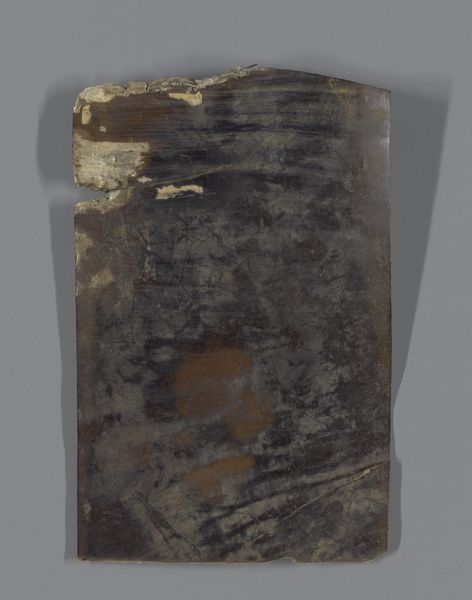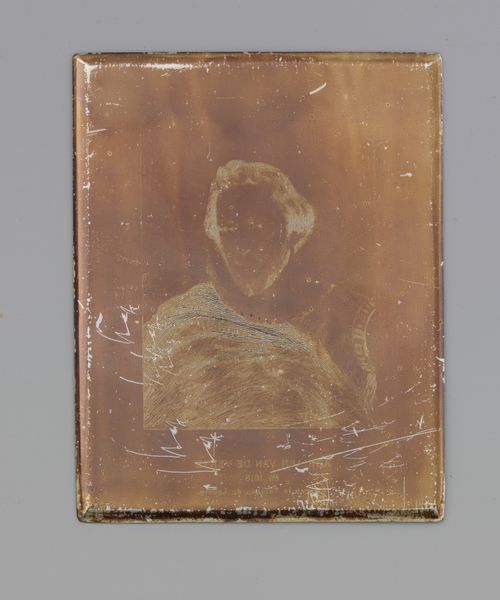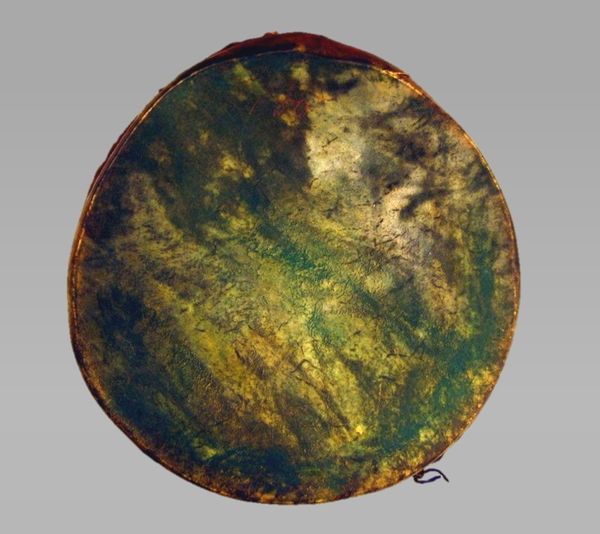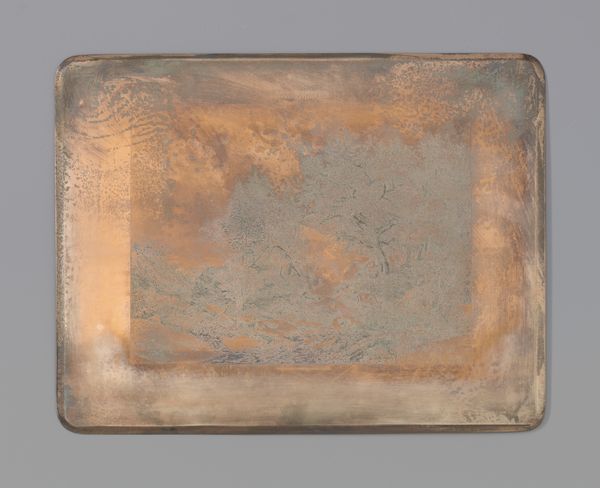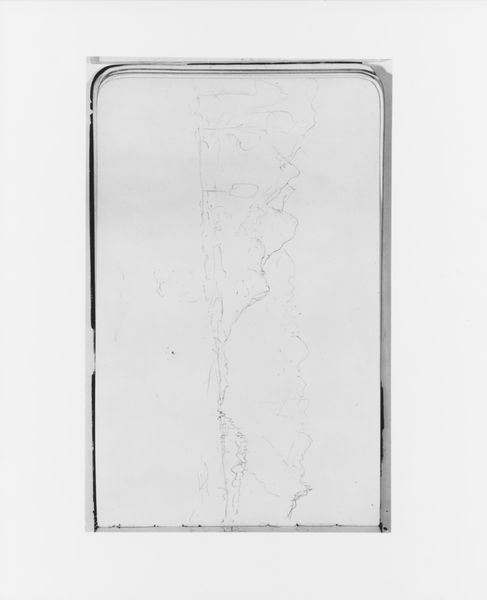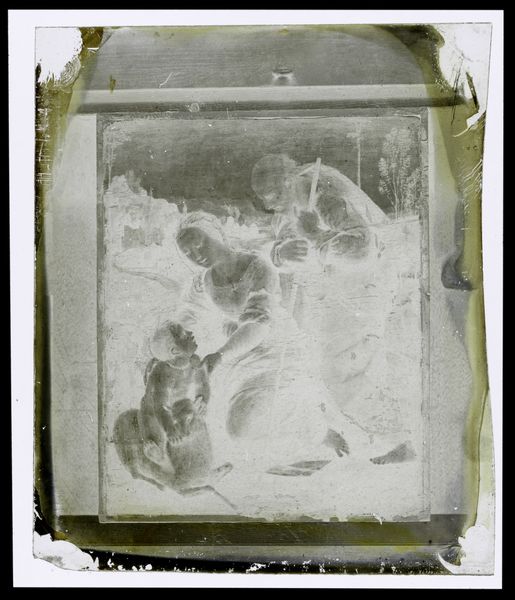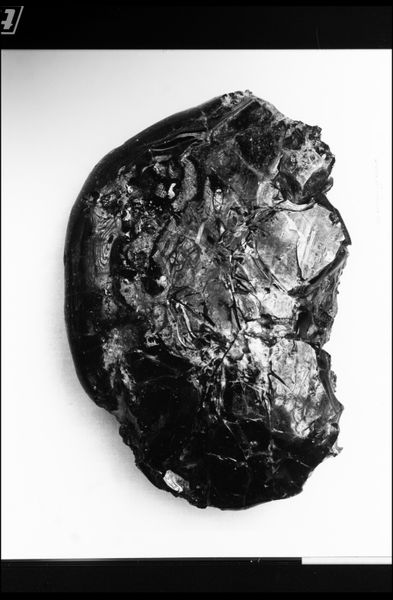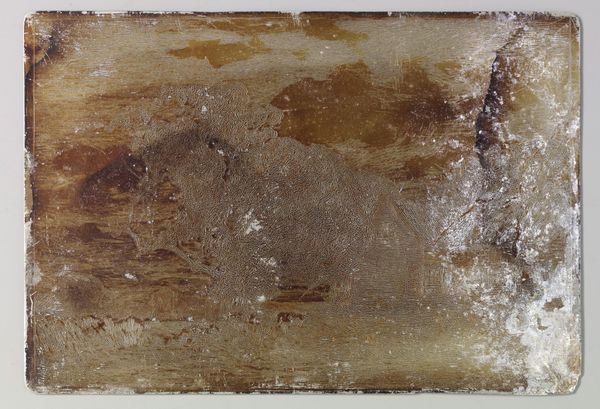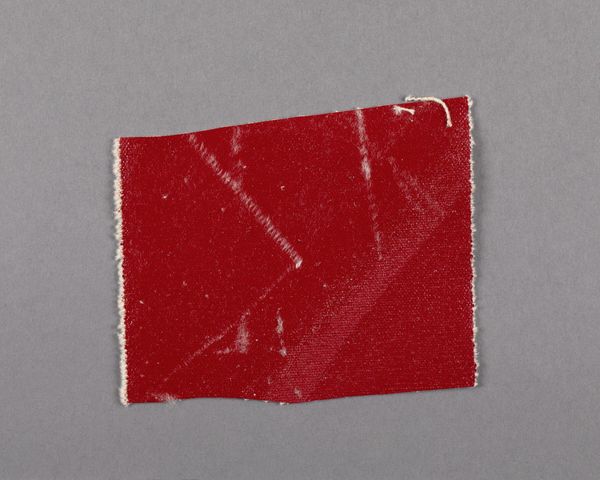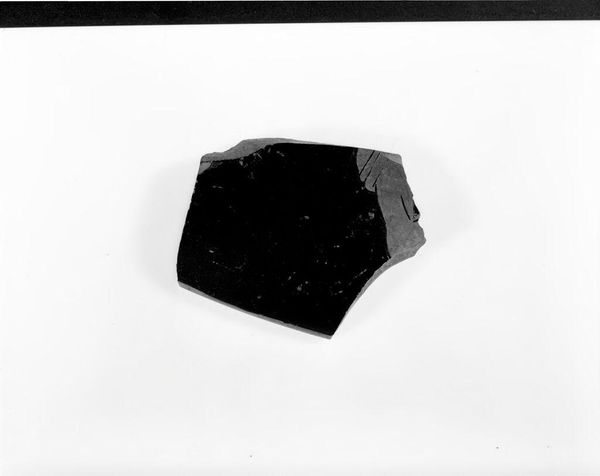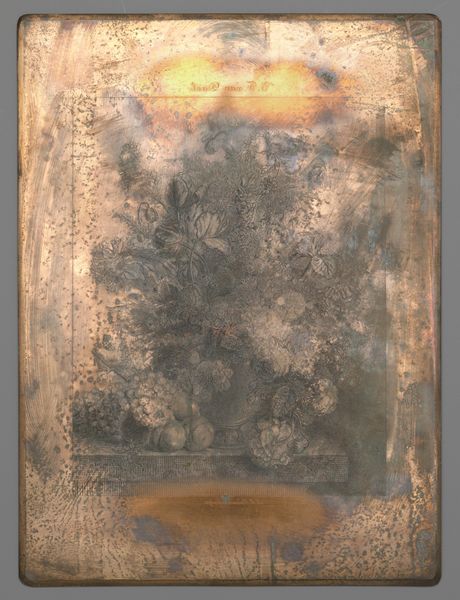
drawing, metal, engraving
#
portrait
#
drawing
#
metal
#
sculpture
#
engraving
#
mixed media
Dimensions: height 69 mm, width 63 mm
Copyright: Rijks Museum: Open Domain
Gilles Louis Chrétien made this engraving of Benjamin Brueys, though we don't know when. The subject's powdered wig and formal dress point us to the late 1700s, a time of revolution in France, though this is no revolutionary. A clue lies in the engraving process itself. Chrétien was known for his Physionotrace portraits, made with a machine to precisely trace a sitter's profile, then engraved using another machine. This was cutting-edge technology designed for mass production. The Physionotrace emerged at a moment when the aristocracy sought to preserve its image and reinforce its values. This portrait, with its emphasis on accurate, repeatable likeness, thus speaks to a specific institutional and social desire. To fully understand the historical context of Chrétien's work, we can turn to sources documenting the social and cultural climate of late 18th-century France, exploring the role of portraiture in shaping identities and consolidating power.
Comments
No comments
Be the first to comment and join the conversation on the ultimate creative platform.

